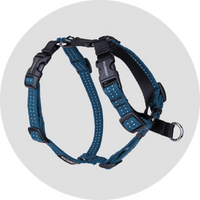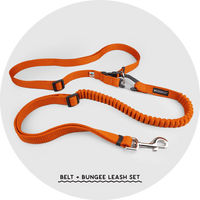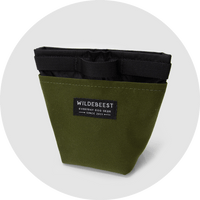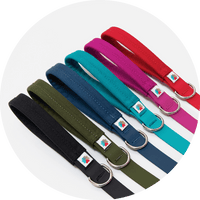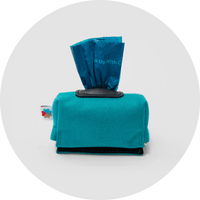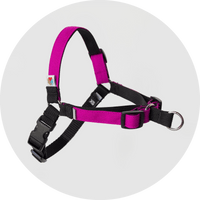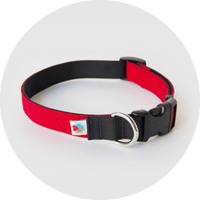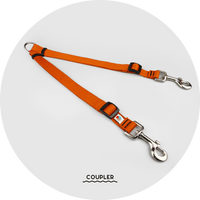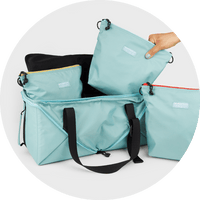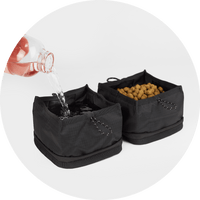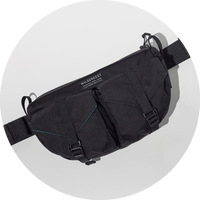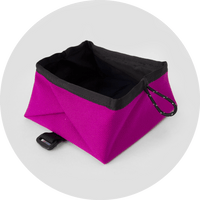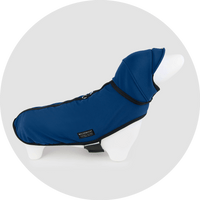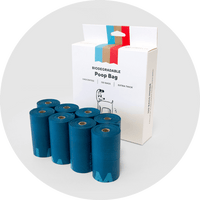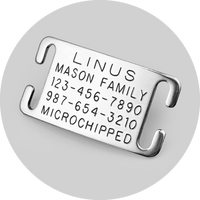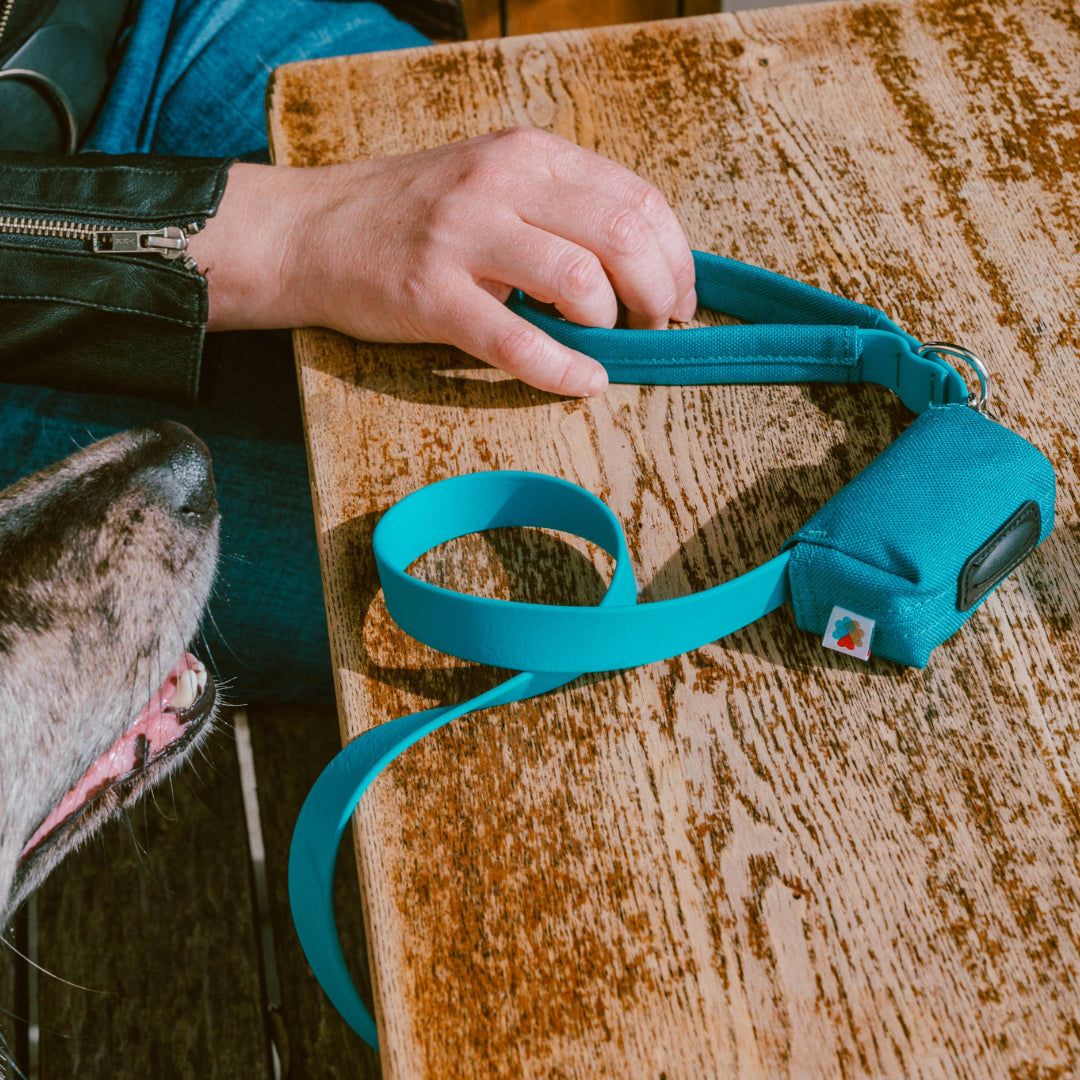5 Easy Training Exercises for Post Pandemic Life with Dog

Post-pandemic living is slowly approaching and for a lot of us that means heading back to the office for work, classes on campus instead of zoom, gatherings and social events, traveling and spending less time at home. With so much excitement towards getting back to how things were before this pandemic hit, you might have overlooked or simply not started training your new furry friend that you got while the world was on pause. Those pups may not be ready for the moment when you or your household members’ routines shift from being home so much. And not only the new pups, but those companions that have been with you for much longer too may be susceptible to being affected by similar routine changes.
We all can agree that pandemic life would have been so much harsher without our wonderful Beests, so as responsible pet owners, we owe it to our pups to train / equip them with the tools to prevent separation trauma. We put together a list of simple training exercises you can start implementing now to get your dog (and yourself!) ready for post-pandemic life and ease any separation anxiety.
Separation anxiety is a panic response from your pup and can be triggered when they have been so accustomed to human contact, by changes in family routine / structure or being left alone for the first time. Distressed separation anxiety behaviors that your pup can show are digging and scratching, destructive chewing, barking / whining, urinating in the home even when they are housebroken / potty-trained.

Here are 5 training tips that can help you prepare
- Create a “safe place / area” in your home for your dog to hang out in when you aren’t home to acknowledge that they are safe there. Include their favorite toy or something interactive that they enjoy. You can also add an item with your scent (blanket or piece of clothing) which will lend a calming scent while you aren’t there. This “safe place / area” should be big enough to have them roam around loosely yet limit them to be destructive while you're away, such as a pet playpen.
- Practice leaving your dog alone for short periods of time. This can include leaving them alone in their crate / kennel / safe place while you are in a different room or leaving physically for a few minutes to an hour. Slowly increase the amount of time they are left alone to prepare them for situations where you are out for longer periods of time.
- Stay mellow and ignore your dog right after you get home and before you leave the house -- we know... so hard not to get excited, right?! Once they are calm after you are home for a few minutes, you can reward them with praise, pets, kisses and treats. This exercise helps instill a calm state of mind in your dog when you're not around.
- Implement basic commands such as sit-down-stay in your training routine. For your dog this creates a sense of remaining calm and happy in one place while you are not around or in a different room. Once you’ve mastered the basics, try introducing a command or action such as “be back” or “go to your bed” to help pup understand that it’s OK that you’re leaving and that you will be back. Practice consistently and with positive reinforcement to build confidence!
- Stimulate your dog’s brain and senses. Keep them engaged with new activities, daily exercise, or hide things around the house / yard for them to find. This will not only elevate their quality of life but also help build up confidence and minimize anxious behaviors. Try adding an interactive toy or lickmat to your daily routine to get pup used to playing with them when you are and aren’t around.

We also recommend staying away from punishment or introducing a new pup into your home as you work through this training, it can create more anxiety in your dog. Remember, consistency is everything in training!
Dog mom and Youtuber Rachel Fusaro recommends “stimulating your dogs life” as she mentions in her “Separation Anxiety” video, a lot of anxiety comes from boredom and by incorporating some kind of challenge (tricks, commands, practices) will stimulate and calm them down. If your dog has experienced a traumatic event from their previous home, consider over the counter calming products or consult your vet on some solutions to help ease their nervousness and anxiety.
Remember that desensitizing your pet to being home alone or working through their panic responses can take time and patience. It’s important to stay consistent and committed to training and practicing a healthy routine with your dog so that when post-pandemic life resumes, you and your dog will be confident and ready!
Wildebeest is committed to creating quality everyday products that keep you & your beest ready for all your adventures. Show us how you enjoy our gear — tag us on @wildebeest_co or use #mywildebeest!

